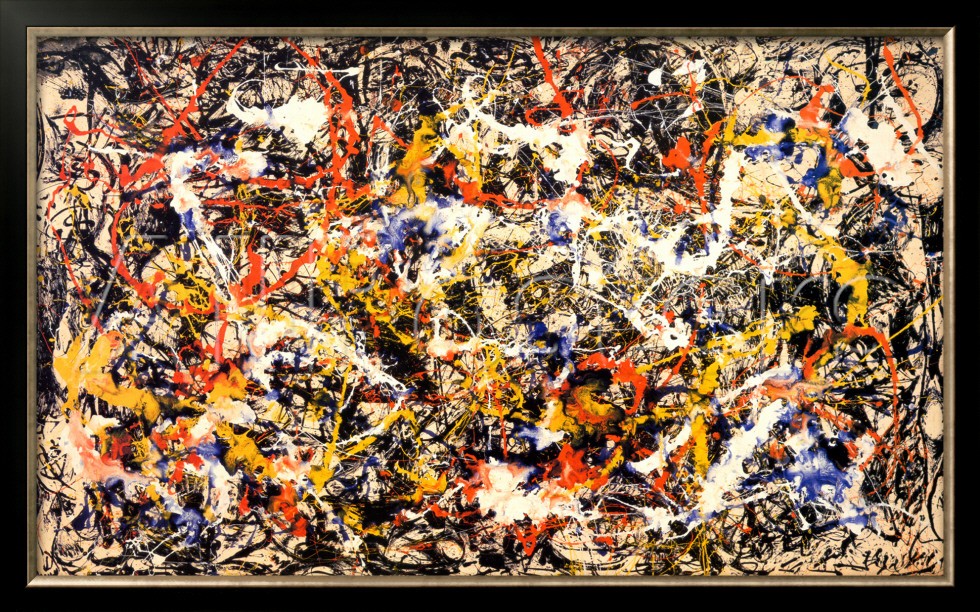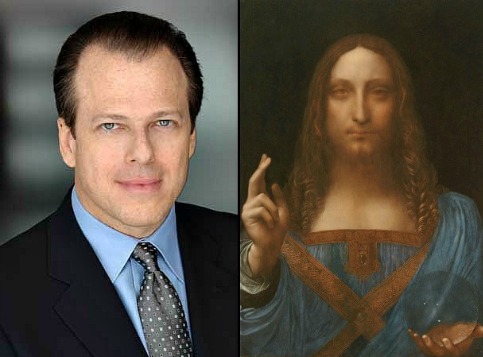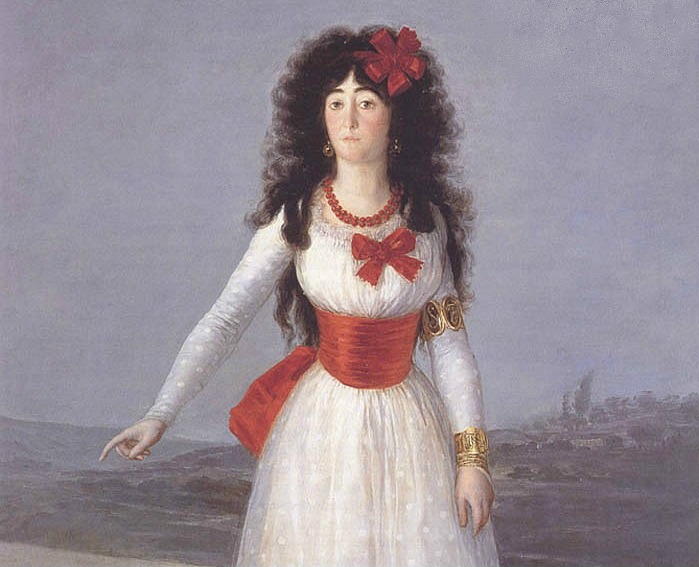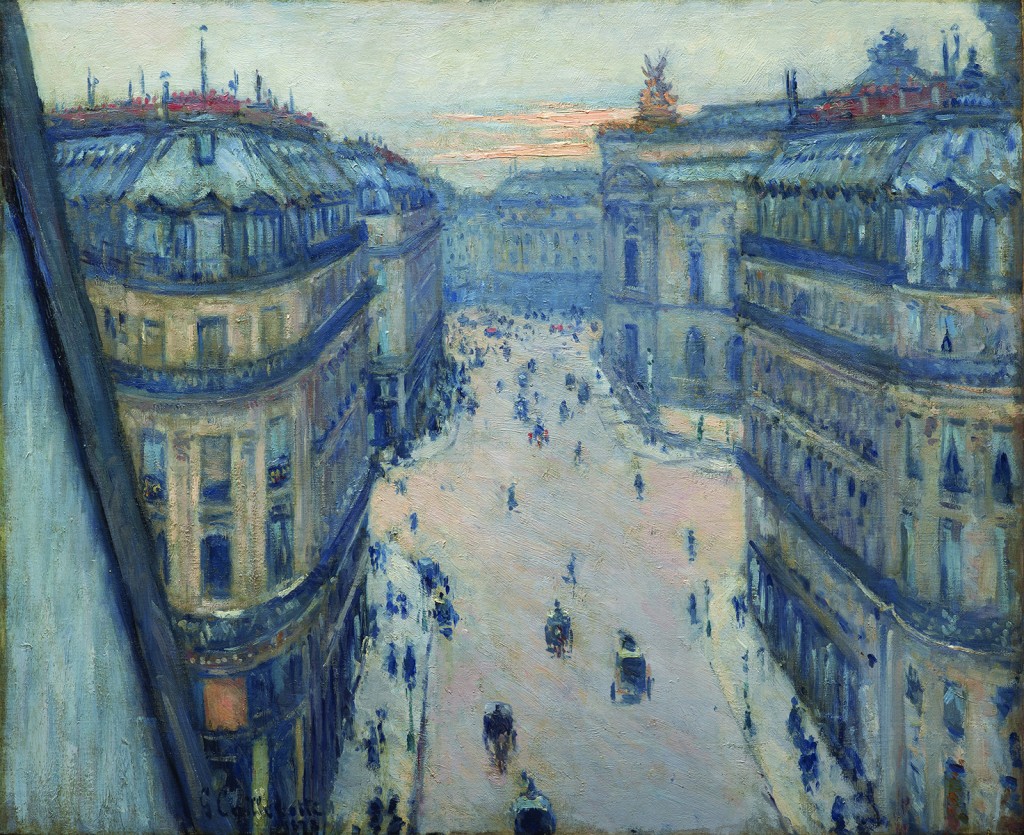Big Shows, Big Prizes, Backstage Dramas: The Visual Arts In North Texas, 2015
ArtandSeek.net January 1, 2016 18
Jackson Pollock, ‘Convergence,’ oil on canvas, 1952
This past year saw a major art prize established in Dallas – and a major art prize fail to get a foothold here. Art & Seek’s Jerome Weeks talks to Justin Martin about how 2015 in the visual arts was a little like that. There was great art out front – and some real drama backstage.
In our year-end conversations about North Texas arts, you’ve avoided top 10 lists. Instead, you told me you wanted to take a wider look at local cultural trends. But now with visual arts, you want to start touting the year’s best shows?
But the DMA also opened a new art-history research center with UTD, and they re-did the entire Arts of Africa gallery. Roslyn Walker, curator of African art, has re-installed the best of the museum’s some 2,000 African masterworks and added videos and music clips. The results are fresh and bright and smart and definitely worth a new visit from visitors.
I want to ask a question, but I think I hear a ‘but’ coming.

Maxwell Anderson is the one on the left.
But I hear he had ‘difficulties’ with the staff and board.
So it’s probably best the DMA didn’t buy it.
But you can’t say Anderson wasn’t exciting.
So what was this about two art prizes?
Yeah, I’ve heard of it.
The plan was to franchise this idea to Dallas. Despite its obvious populist appeal and the tourist-trade cash-flow it would generate for downtown Dallas, the plan met with strong resistance from some art establishment types. What you have are competing visions, whether we import a successful idea or generate our own. And the imported one died. Whether anything comparable in terms of widespread buy-in or media attention or tech ingenuity (audiences could vote via cellphone) will ever come out of North Texas remains to be seen. Recall how the Aurora festival fumbled things this year with timing (on the same night as a Mavericks game and the last weekend of the State Fair) with hard-to-see artworks and maddeningly over-crowded transit.

Francisco Goya, ‘The White Duchess,’ oil on canvas, 1795 (detail).
Anything else worth mentioning from 2015?
And while I’ve returned to touting shows: This week, I re-visited the Kimbell’s exhibition of the painter Gustave Caillebotte. I was struck again with the rewards of going deep into the work of a single artist from the Kimbell’s well-worn visits to Impressionism — instead of offering another grand survey of the period. Whatever you think of Caillebotte’s work (I find his silent contemplation of solitary humans — working-class and fashionable types — profoundly modern), you can’t deny it’s a beautifully mounted show.

Gustave Caillebotte, ‘The Rue Halevy Seen from the Sixth Floor,’ oil on canvas, 1878. Owned by a private Dallas collector.
I also re-visited the Modern Art Museum’s Kehinde Wiley exhibition. Wiley does offer the same idea over and over again – giving contemporary black people the visual glory of traditional, high-art portraits as a way of claiming history and cultural presence for them — but his results are eye-popping. It’s worth noting: At the Kimbell, I overhead Japanese, German and French voices among the holiday visitors crowding the show. At the Modern, I saw a distinctly younger and wider racial range than typically found in our major art museums. And they were basically just across the street from each other.
Oh, and the Wiley show closes next weekend.
Thanks, Jerome.









